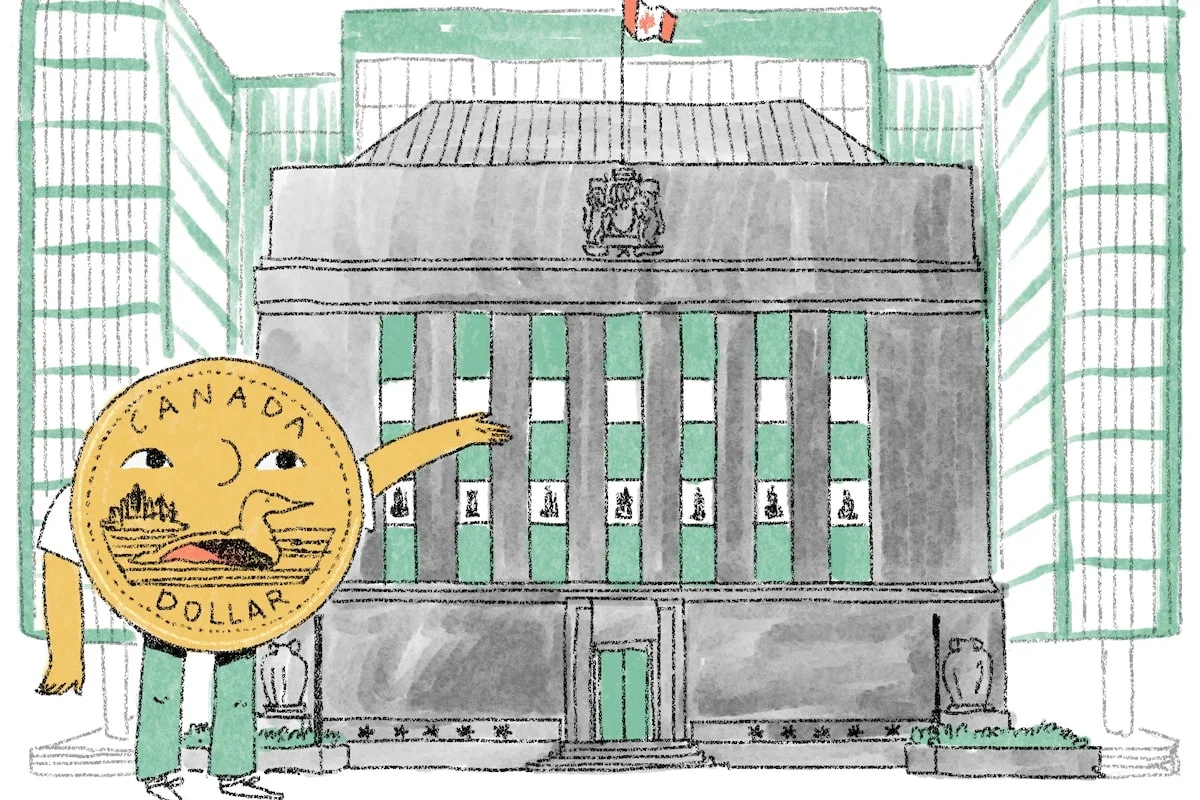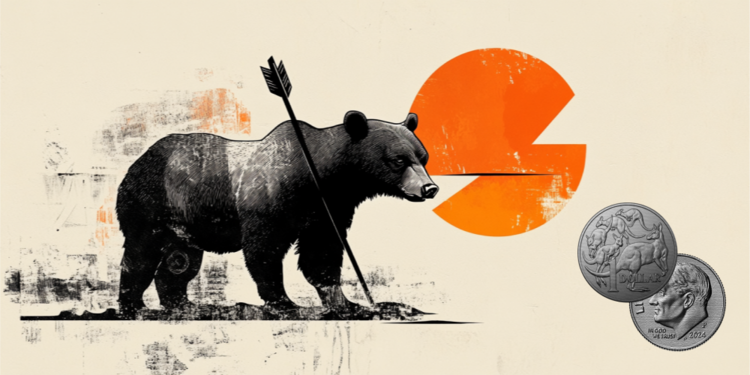- USD/CAD holds onto gains near 1.3850 as the BoC is expected to cut interest rates again by 50 bps in December.
- Economists expect the Canadian monthly Retail Sales to have grown by 0.5% in August, slower than 0.9% in July.
- The US Dollar remains supported as Fed large rate cut expectations have been tempered.
The USD/CAD pair turns sideways in Friday’s European session after posting a fresh 11-week high at 1.3870 on Thursday. The Loonie pair clings to gains as the Canadian Dollar (CAD) remains on the backfoot on expectations that the Bank of Canada (BoC) would continue an aggressive policy-easing stance in the next policy meeting in December.
The BoC reduced its key borrowing rates by a larger-than-usual size of 50 basis points (bps) to 3.75% on Wednesday, as expected. This was the fourth straight interest rate cut in a row, however, prior three rate reductions were of 25 bps.
Investors expect the BoC to cut again by 50 bps amid growing downside risks to Canadian economic growth. “We continue to expect one more 50-bps rate cut from the BoC this December,” Claire Fan, an economist at RBC, wrote in a report. Fan cautioned against the real GDP growth remaining subdued for longer as interest rates remain restrictive until 2025.
Meanwhile, investors await the Canadian monthly Retail Sales data for August, which will be published on Friday. The Retail Sales data, a key measure of consumer spending, is estimated to have grown by 0.5%, slower than 0.9% in July.
In the United States (US) region, tempered expectations for the Federal Reserve (Fed) to pursue an aggressive interest rate cut cycle continue to limit the downside in the US Dollar (USD). The US Dollar Index (DXY), which tracks the Greenback’s value against six major currencies, holds the key support of 104.00. Investors expect the Fed to cut interest rates by 25 bps in November and December.
Canadian Dollar FAQs
The key factors driving the Canadian Dollar (CAD) are the level of interest rates set by the Bank of Canada (BoC), the price of Oil, Canada’s largest export, the health of its economy, inflation and the Trade Balance, which is the difference between the value of Canada’s exports versus its imports. Other factors include market sentiment – whether investors are taking on more risky assets (risk-on) or seeking safe-havens (risk-off) – with risk-on being CAD-positive. As its largest trading partner, the health of the US economy is also a key factor influencing the Canadian Dollar.
The Bank of Canada (BoC) has a significant influence on the Canadian Dollar by setting the level of interest rates that banks can lend to one another. This influences the level of interest rates for everyone. The main goal of the BoC is to maintain inflation at 1-3% by adjusting interest rates up or down. Relatively higher interest rates tend to be positive for the CAD. The Bank of Canada can also use quantitative easing and tightening to influence credit conditions, with the former CAD-negative and the latter CAD-positive.
The price of Oil is a key factor impacting the value of the Canadian Dollar. Petroleum is Canada’s biggest export, so Oil price tends to have an immediate impact on the CAD value. Generally, if Oil price rises CAD also goes up, as aggregate demand for the currency increases. The opposite is the case if the price of Oil falls. Higher Oil prices also tend to result in a greater likelihood of a positive Trade Balance, which is also supportive of the CAD.
While inflation had always traditionally been thought of as a negative factor for a currency since it lowers the value of money, the opposite has actually been the case in modern times with the relaxation of cross-border capital controls. Higher inflation tends to lead central banks to put up interest rates which attracts more capital inflows from global investors seeking a lucrative place to keep their money. This increases demand for the local currency, which in Canada’s case is the Canadian Dollar.
Macroeconomic data releases gauge the health of the economy and can have an impact on the Canadian Dollar. Indicators such as GDP, Manufacturing and Services PMIs, employment, and consumer sentiment surveys can all influence the direction of the CAD. A strong economy is good for the Canadian Dollar. Not only does it attract more foreign investment but it may encourage the Bank of Canada to put up interest rates, leading to a stronger currency. If economic data is weak, however, the CAD is likely to fall.







